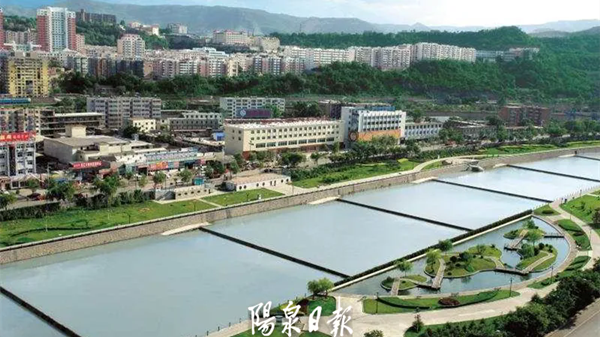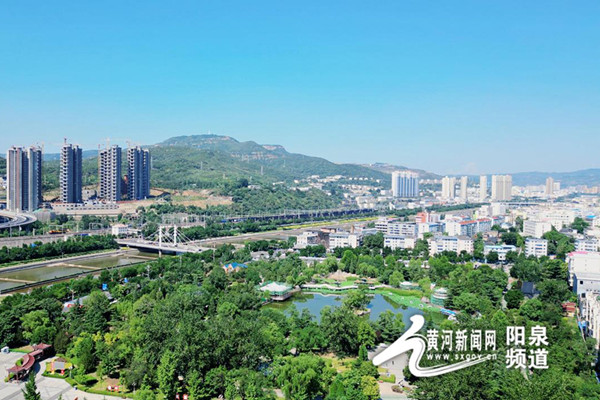Yangquan revitalizes cultural heritage
Lei Jiankun, Party secretary of Yangquan, conducted a comprehensive survey on the city's cultural heritage protection and utilization on March 19.
Lei underscored the necessity of maintaining deep respect, love, and responsibility for historical artifacts, advocating for meticulous preservation efforts, ongoing research, and proactive revitalization to infuse new life into historical and cultural heritage in the modern era.
The Warring States Period (475-221 BC) well in Pingtannao village, adjacent to the Pingtannao ancient city site, is the largest wooden well from that period in the country. During her visit to the construction site of the well park, Lei engaged in detailed discussions with cultural preservation staff members about the excavation process. She urged relevant departments to strictly adhere to technical specifications to protect the well.
Lei reviewed renovation and exhibition updates at the Yangquan Revolutionary Martyrs Memorial Hall. She emphasized the importance of employing advanced curatorial concepts, clarifying thematic positioning, optimizing layout plans, and enriching exhibition content to establish a high-level red education base.
Kuishenghao was a prominent business for Shanxi merchants during the Qing Dynasty (1644-1911). Lei stressed the need to bolster support from professional technical teams, develop restoration plans, expedite repairs, and restore the historical appearance to highlight Shanxi merchant culture's rich connotations and spirit.
The old Yangquan railway station, built in 1906, witnessed the transformation of Yangquan from a mountain town to a modern industrial city. During her visit, Lei inspected the current state of preservation and received updates on the restoration project and the development of the slow-life experience area. She noted that the restoration should maintain historical authenticity and preserve the city's memory while promoting urban renewal.
Throughout her survey, Lei emphasized enhancing research and interpretation to uncover the rich spiritual values, intellectual wisdom, and cultural heritage behind the artifacts, thereby improving the level of display and communication to let the artifacts, history, and culture speak for themselves.
Lei also stressed integrating culture and tourism, encouraging innovation in products, services, technology, and mechanisms, and strengthening digital empowerment to better utilize historical and cultural resources through preservation and revitalization.





